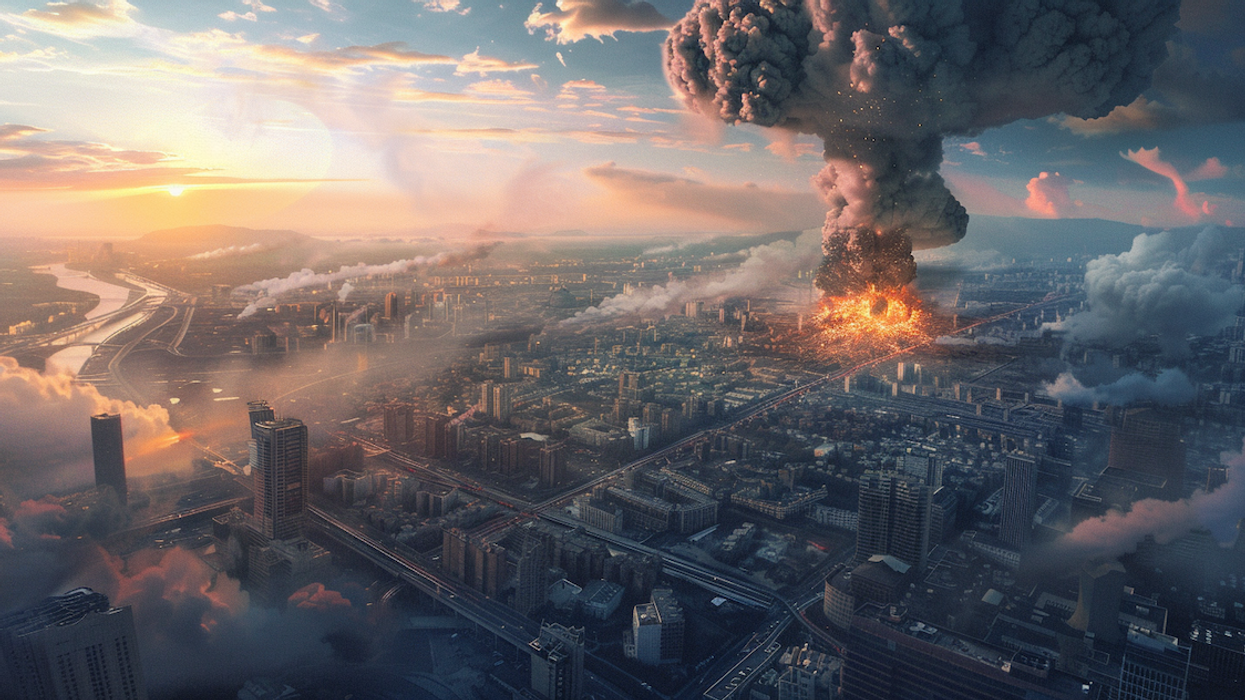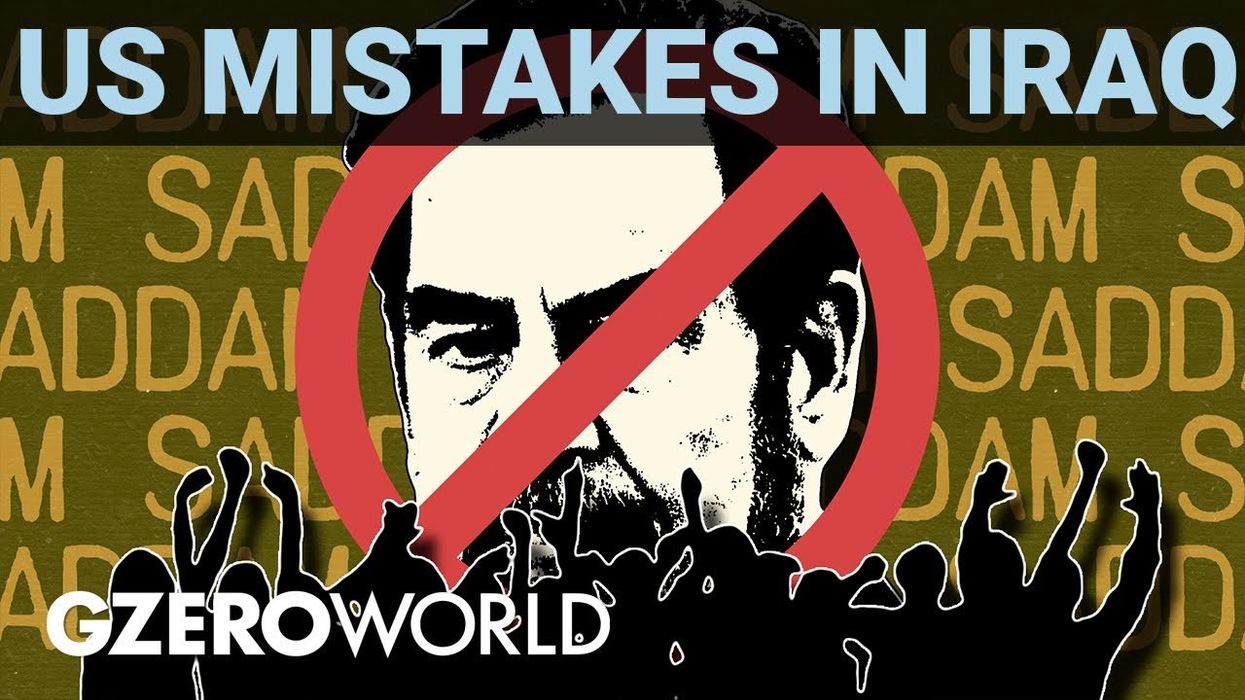GZERO AI
How the Department of Homeland Security’s WMD office sees the AI threat
The US Department of Homeland Security is preparing for the worst possible outcomes from the rapid progression of artificial intelligence technology technology.
Jul 09, 2024


